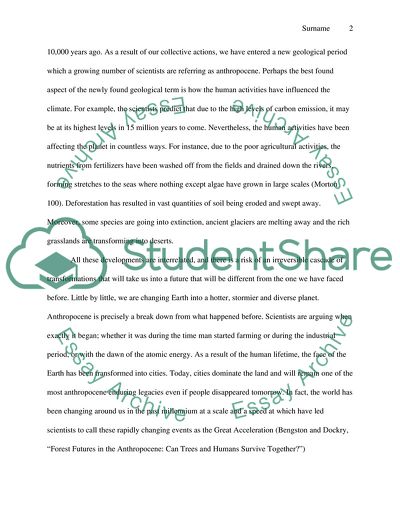Cite this document
(Anthropocene and Economic Growth Case Study Example | Topics and Well Written Essays - 2500 words, n.d.)
Anthropocene and Economic Growth Case Study Example | Topics and Well Written Essays - 2500 words. https://studentshare.org/macro-microeconomics/1865879-anthropocene-and-economic-growth
Anthropocene and Economic Growth Case Study Example | Topics and Well Written Essays - 2500 words. https://studentshare.org/macro-microeconomics/1865879-anthropocene-and-economic-growth
(Anthropocene and Economic Growth Case Study Example | Topics and Well Written Essays - 2500 Words)
Anthropocene and Economic Growth Case Study Example | Topics and Well Written Essays - 2500 Words. https://studentshare.org/macro-microeconomics/1865879-anthropocene-and-economic-growth.
Anthropocene and Economic Growth Case Study Example | Topics and Well Written Essays - 2500 Words. https://studentshare.org/macro-microeconomics/1865879-anthropocene-and-economic-growth.
“Anthropocene and Economic Growth Case Study Example | Topics and Well Written Essays - 2500 Words”. https://studentshare.org/macro-microeconomics/1865879-anthropocene-and-economic-growth.


